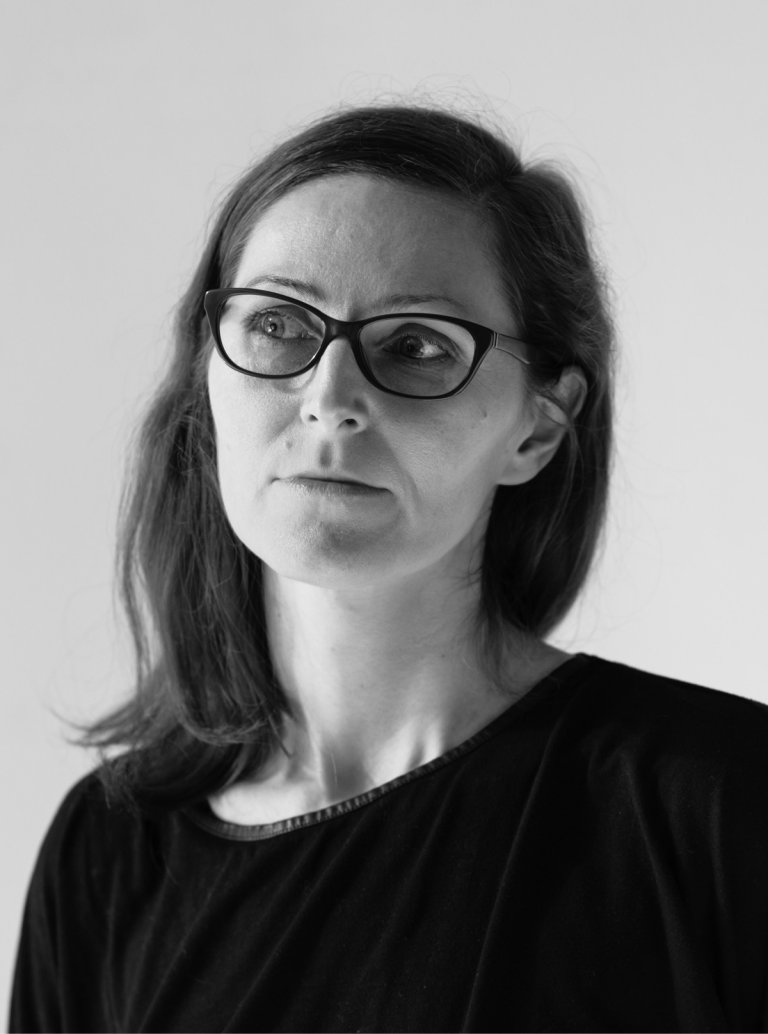
Dorota Anna Dunajska
Department: Visual communication
Nationality: Polish
E-mail: studiodorotadunajska@gmail.com
A state of becoming
How design can contribute to formulate and perceive humans needs, in context of architectural design?
The intention of this study was to start a discussion about an idea of using Visual Abstractions as means facilitating communication. As a final outcome, I have developed a process which I called ‘TOT’ - THE OPEN TOOL, that allows non–designers to reveal their very subjective ways of experiencing architecture. I dedicate this work to architects and their clients.